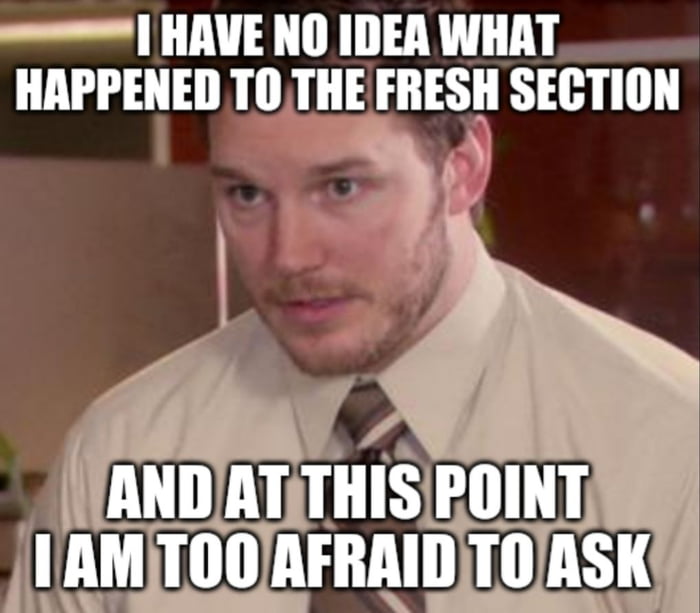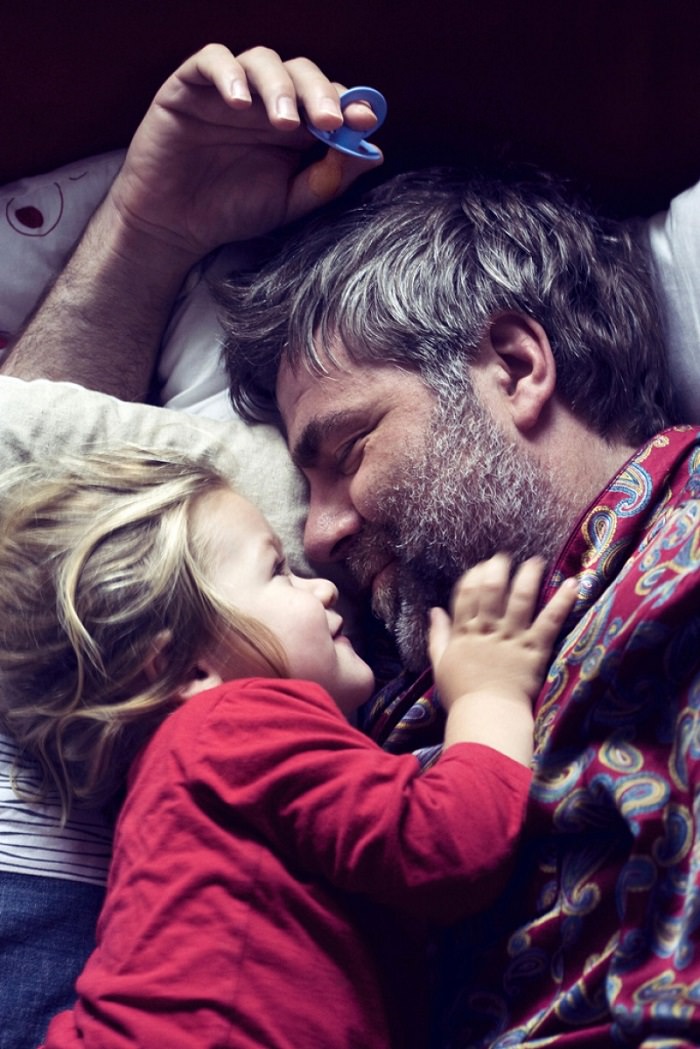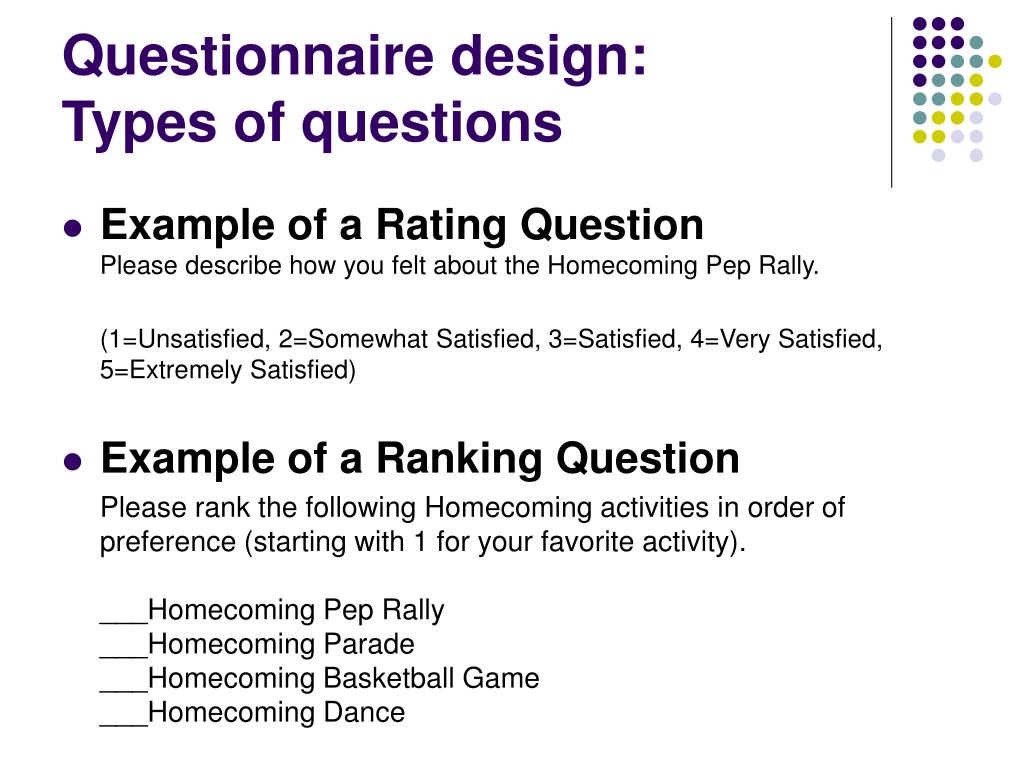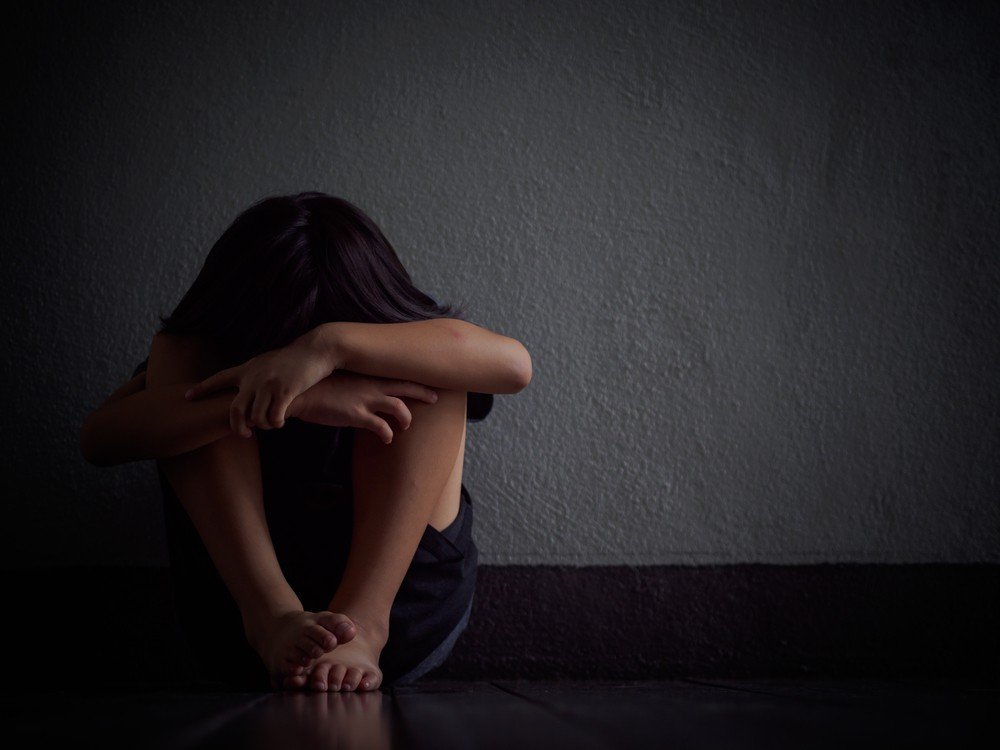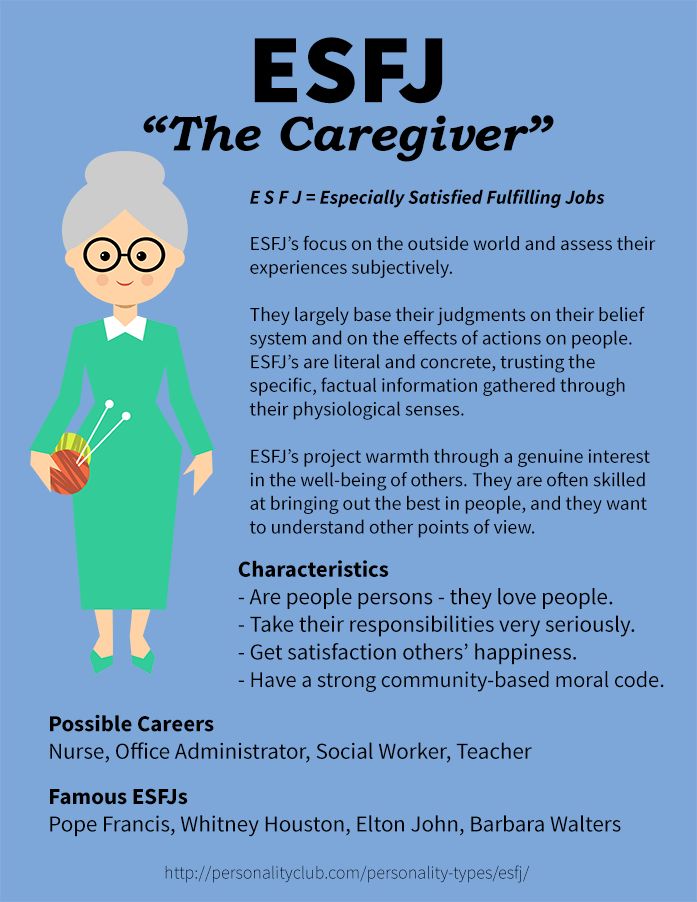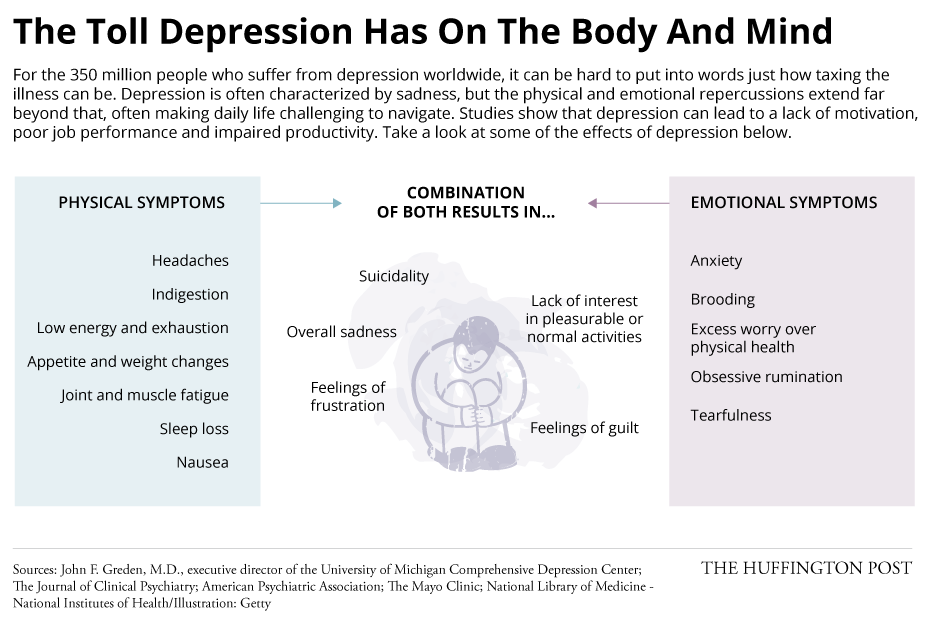Why do people post selfies
The Truth Behind Selfies
Within the unique environments of various social media platforms, posting selfies has become a common practice for adults and media-connected youth alike. While there are countless reasons a person may post a selfie, recent research offers some valuable insights into the psychology of selfies and some actionable recommendations for caretakers.
Why Do People Take Selfies?
Taking selfies and posting them on social media can serve a variety of purposes for users. In essence, a selfie photo gives creators control over how they present themselves to others. They manipulate the shot, choose the setting and, with ever-evolving technology, selfie-takers can even edit and transform the image itself. Once the tailored self-image is perfected, it can then be posted online. For many, posting selfies is a form of self-expression, a way to explore different identities, or an attempt to create an aspirational version of themselves.
Selfies in Excess
While posting selfies is commonplace in social media, adolescents and emerging adults who frequently post may be doing so from a place of insecurity. In a 2018 article entitled “An Exploratory Study of ‘Selfitis’ and the Development of the Selfitis Behavior Scale,” researchers Janarthanan Balakrishnan and Mark Griffiths proposed that individuals take and post selfies in excess for six main reasons:
Self-confidence – Sharing a tailored self-image to both display confidence and feel more confident.
Environmental enhancement – Posting selfies in different places to share or show off.
Social competition – Seeking to gain followers or ‘likes’ as a measure of self-worth compared with others.
Attention seeking – Attempting to gain attention from others with the hope of receiving positive feedback.
Mood modification – Posting selfies to feel better.
Subjective conformity – Trying to fit in and behave like their peers.
Frequent selfie posting could originate from a variety of motivations, and not all of them are necessarily problematic. The need for social connection is nearly universal and adolescents, in particular, are motivated to seek acceptance and establish identity with their peers.
When young people use social media platforms to communicate, interact and relate, we must understand that this is normal, prosocial behavior in our modern age. However, when selfie posting is done frequently with an expectation of receiving reassurance for a mood boost, it may speak to an unhealthy relationship with social media and difficulties with self-esteem.
What Can We Do?
When it comes to cultivating a healthy relationship with sharing on social media, how can caretakers help? Here are a few ways:
Promote healthy lifestyles. Research shows that excessive screen use is common and detrimental to the health of both youths and adults. In the case of adolescents, experts recommend no more than two hours of screen time a day. This limit is also related to more physical activity throughout the day and better sleep at night. Help your children cultivate screenless hobbies and encourage this healthy balance.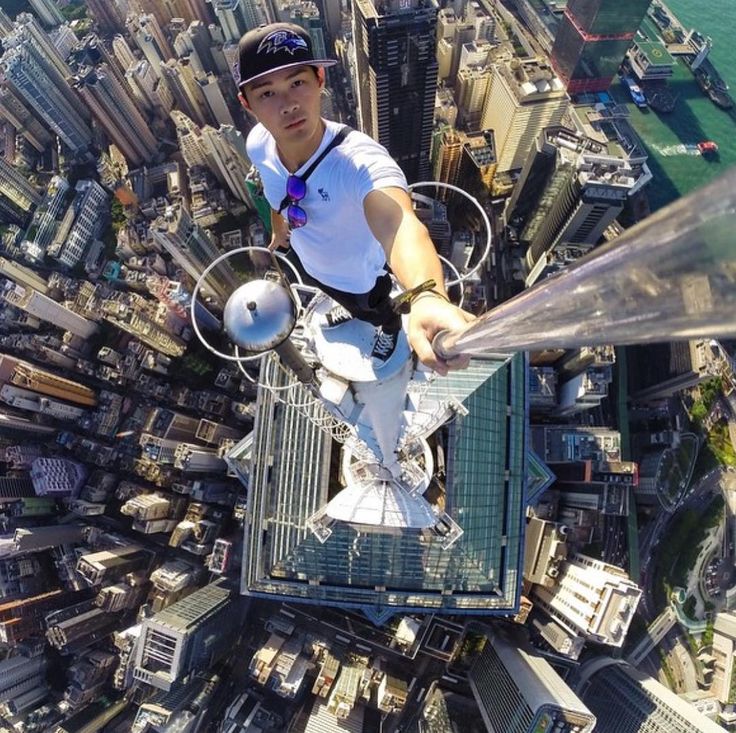
Encourage in-person social activities. As much as social media can help us connect, it should never fully replace in-person socialization. Play to your child’s interests and find ways to incorporate face-to-face interaction. Does your child love playing video games online? Consider games to bring them together with friends. Have a bookworm? Find a local book club where your child can engage with others about their favorite literature. Many popular youth activities can be made into an opportunity for developing real-life social skills.
Keep communication pathways open. Letting your children know that no topic is off-limits is a good first step in increasing communication and understanding. Social media can be a great platform for self-expression, but it’s important that your child knows you are also interested in their status update. Reassure them that they are always safe to share with you, too.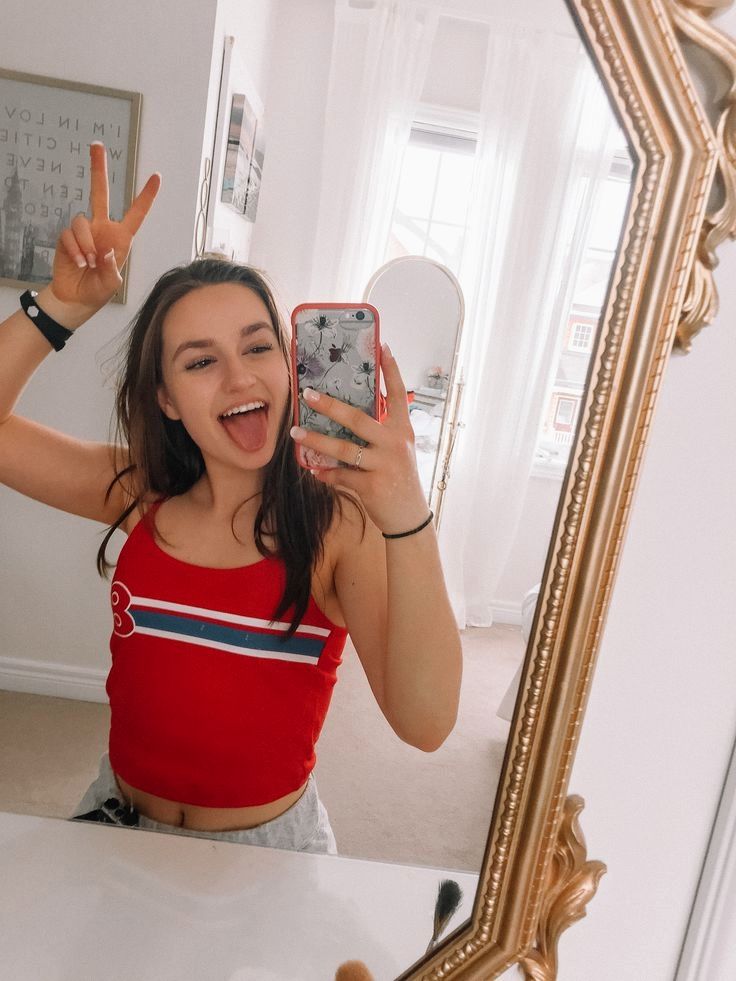
Show love. Again and again, the core of raising healthy, self-assured children is letting them know they are loved for who they are. Take opportunities to show them they’re loved in the real world, outside of their perfect social media selfie.
Selfie sharing isn’t going anywhere, but neither is the need for real connection. Reassure your children with your own encouragement and affirmation for who they are beyond their online profiles. Formation of identity and the desire to be accepted by peers is paramount in the lives of youth, but knowing that they are loved can make a much bigger impact than a few likes.
The parenting manual offering solutions to the modern-day challenges families face. From Pre-K
through College stay up to date on the modern day issues families face.
Are you up to date on the issues your child is facing?
MASK Mothers Awareness on School-age Kids offers parenting solutions for today’s families. MASK tackles important topics – from drugs and alcohol to bullying and Internet safety -and gives students, parents and the community the knowledge and tools to manage these potential challenges.
MASK tackles important topics – from drugs and alcohol to bullying and Internet safety -and gives students, parents and the community the knowledge and tools to manage these potential challenges.
Subscribe today! https://www.maskmatters.org/product/mask-the-magazine/
Download and share the MASKmatters app now! Made for children, parents, teachers and in Spanish.
Have solutions at your fingertips
Available free on apple and google play links below
Apple https://apps.apple.com/us/app/maskmatters/id1482305692
Google Play
https://play.google.com/store/apps/details?id=com.maskmatters.maskmattersapp&hl=en_US&gl=US
Why Do People Take Selfies?
Source: soyvanden courtesy pixabay | CC0 License
Is taking selfies narcissistic? The answer to that question is complicated.
Past research found significant — but relatively small — links between taking selfies and narcissism. Other research has found no substantial link. Still other research has shown a stronger link for men than women. This inconsistency in research results may be because not all selfies are equal. Research has shown that narcissistic individuals take more solo selfies, but fewer selfies that feature other people. And while researchers have focused a lot on how the frequency of selfie-taking relates to personality, few studies have really examined why people take selfies. New research by Erin Koterba and colleagues, recently published in the journal Media Psychology, examined these issues.
Other research has found no substantial link. Still other research has shown a stronger link for men than women. This inconsistency in research results may be because not all selfies are equal. Research has shown that narcissistic individuals take more solo selfies, but fewer selfies that feature other people. And while researchers have focused a lot on how the frequency of selfie-taking relates to personality, few studies have really examined why people take selfies. New research by Erin Koterba and colleagues, recently published in the journal Media Psychology, examined these issues.
Narcissism is defined as a grandiose perception of the self with a desire to be admired and a lack of empathy for others. Personality questionnaires that measure narcissism can divide the trait into multiple components:
- Leadership/Authority: Feeling that one is important and should be in charge of other people
- Entitlement/Exploitativeness: Feeling that one is deserving of special privileges and being willing to take advantage of others
- Grandiose exhibitionism: The desire to show off and be the center of attention
In the study, 276 college students completed a survey consisting of a questionnaire measuring narcissism.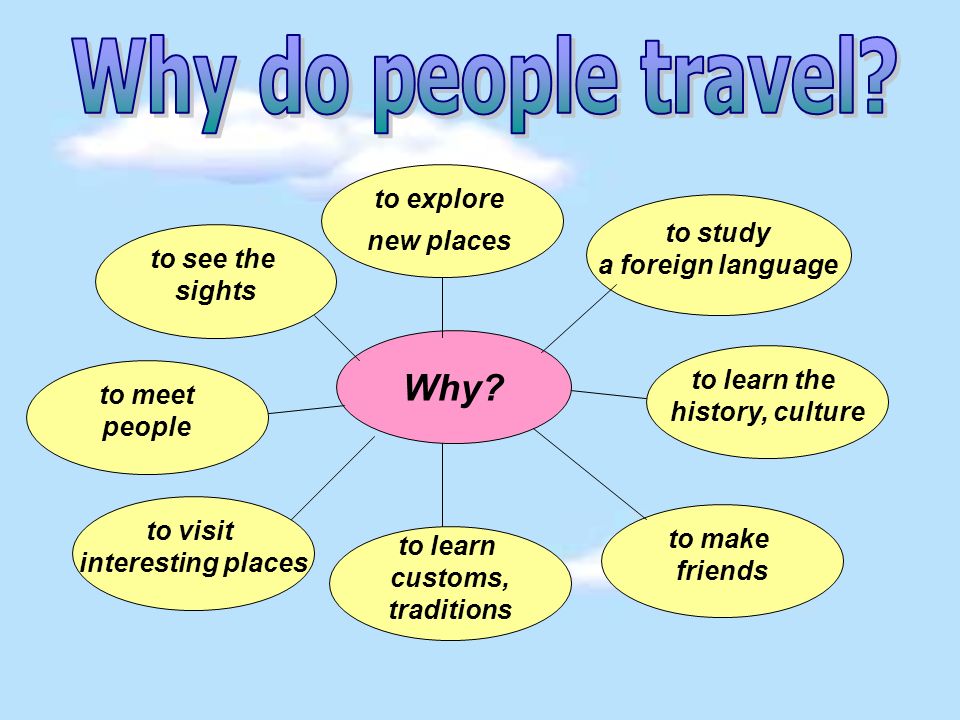 Then they estimated how many selfies they took in the past week, both alone and with other people in the photo. Respondents also answered an open-ended question in which they listed what motivates them to take selfies.
Then they estimated how many selfies they took in the past week, both alone and with other people in the photo. Respondents also answered an open-ended question in which they listed what motivates them to take selfies.
The results showed that one particular aspect of narcissism — grandiose exhibitionism — was the only personality trait linked to self-taking, and solo-selfies in particular. Exhibitionism wasn't related to taking selfies that included other people. However, even though this correlation was statistically significant, it wasn't that large. So grandiose exhibitionism is only one small factor that makes people more prone to taking solo selfies.
The researchers coded the open-ended responses about people's selfie-taking motives into different categories and calculated the percentage of respondents who listed each type of motive:
- Narcissistic: For example, "I think I am attractive and I have no problem sharing that," 29.5%
- Sharing and connecting: For example, "I want to share my experiences with my friends," 23.
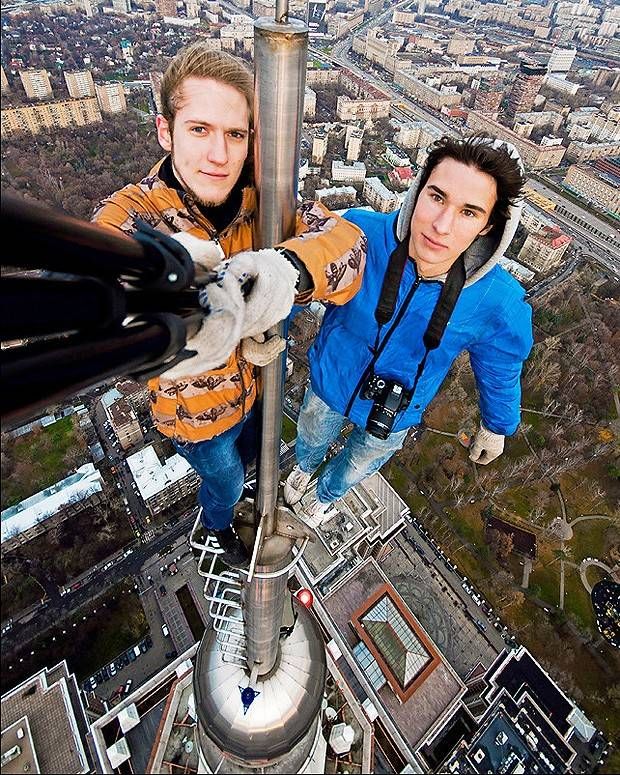 3%
3% - Functional use: For example, "I am a sponsored fitness athlete. It’s my job," 22.80%
- Self-esteem boosting: For Example "So I can feel better about myself," 15.54"
- Memory: For example, "Document memories," 5.7%
- Conformity: For example, "It's what young people do, so it's just a trend I follow," 3.1%
As you can see from the list above, narcissistic motives were the most common. But sharing and connecting and functional use came in close second and third. So while almost a third of the respondents indicated narcissistic reasons for posting selfies, that still means 70% listed other reasons. Interestingly, these narcissistic motives were not linked to participants' level of narcissism.
So, if 30% of respondents had narcissistic motives for posting selfies, does that mean that young adults are narcissistic? Given that these motives were not associated with respondents' level of narcissism, it suggests something else might be going on. The researchers argue that concluding that this shows evidence of the narcissism of young people is premature. They point out that young adults tend to be more focused on themselves, but not necessarily more narcissistic. Concerns about finding your own identity and how you present yourself to other people loom large in young adulthood.
The researchers argue that concluding that this shows evidence of the narcissism of young people is premature. They point out that young adults tend to be more focused on themselves, but not necessarily more narcissistic. Concerns about finding your own identity and how you present yourself to other people loom large in young adulthood.
Also, the motives classified by the researchers as narcissistic may not necessarily always indicate narcissism. The researchers had to code open-ended responses and then they interpreted them as falling into one of the six motivation categories. In fact, motives reflecting the "body positivity" movement might be interpreted as narcissistic, using these methods of coding participants' responses, depending on how the respondents phrased their responses. Self-esteem boosting was only listed by a small number (15%) of participants as a motive for selfie-posting, but it might be that people don't consciously list that as their main reason for taking selfies, even if esteem-boosting is their underlying motive. So they might say, I post selfies because "I'm happy with my body and I want to show it off," but it means "I've worked hard to become happy with my body, and I want others to see that and feel empowered too" or "I'm finally happy with how I look, but I still need that validation from others." In fact, some research has shown that vulnerable narcissism, a form of narcissism that is more introverted where people vacillate between pride and shame, is associated with taking selfies related to physical appearance. This suggests that selfie-taking can sometimes indicate insecurity.
So they might say, I post selfies because "I'm happy with my body and I want to show it off," but it means "I've worked hard to become happy with my body, and I want others to see that and feel empowered too" or "I'm finally happy with how I look, but I still need that validation from others." In fact, some research has shown that vulnerable narcissism, a form of narcissism that is more introverted where people vacillate between pride and shame, is associated with taking selfies related to physical appearance. This suggests that selfie-taking can sometimes indicate insecurity.
This research suggests that self-centered motives for taking selfies are common, but not necessarily strongly linked to trait narcissism. And narcissism's connection to selfie-taking is a small part of a bigger picture.
Facebook image: Jacob Lund/Shutterstock
why we take pictures of ourselves and why posting our photos online is normal
Every day we come across dozens of selfies in the news feed.
 We admire some images, while others irritate us. What is wrong with these selfies and by what criteria can they be judged at all? Professor of Tallinn University Katrin Tiidenberg has been studying people's behavior in social networks for eight years and believes that the representation of oneself on the Internet is highly dependent on gender, religion, belonging to a sexual minority and life situation. T&P took notes of her lecture.
We admire some images, while others irritate us. What is wrong with these selfies and by what criteria can they be judged at all? Professor of Tallinn University Katrin Tiidenberg has been studying people's behavior in social networks for eight years and believes that the representation of oneself on the Internet is highly dependent on gender, religion, belonging to a sexual minority and life situation. T&P took notes of her lecture. Professor at Tallinn University, Member of the Board of the Association of Internet Researchers (AoIR)
How do selfies make us good or bad
People from different countries tell me why they take selfies. Anna from Denmark admitted that when she posted a selfie on Instagram that she thought was good, she still felt bad: “It felt like I was lying naked and everyone could look at me and comment on me.” It seemed to her that those who saw her image would think that she was terrible, insecure and completely fake. As a result, Anna quickly deleted this photo.
Rachel's story is very different from the previous one: the girl said that she had never felt "pretty" before, but now that she is 40 and has put on weight, her sense of self has paradoxically changed for the better. According to Rachel, this was due to the fact that she posted selfies on Tumblr and received positive feedback: people wrote to her that she was beautiful. The girl admitted that it even influenced her style.
These two stories ask us the question: why does the same action cause such conflicting feelings? People do get a lot of emotions about their images, a phenomenon researchers call “selfie stickiness.”
What counts as a selfie?
Selfies are hard to define. Is a photo of your own chest a selfie? Is an image taken not from a hand, but from a selfie stick or using a timer, is it considered a selfie? And if a girl asks her boyfriend to take a picture of her in a beautiful dress, how is this image very different from the previous two? Each scientist must determine for himself what he considers the object of research, and adhere to this definition. In my research, I use the concept of "middle generalization selfie": a selfie is a photographic self-presentation posted on the network.
In my research, I use the concept of "middle generalization selfie": a selfie is a photographic self-presentation posted on the network.
In sociology and philosophy there is a morally loaded concept of the norm - how things should happen or how they should be. Subjective norms force us to constantly compare ourselves with something or someone. There is also the concept of visibility, including visibility in a figurative sense: how legitimate some groups are, how they present themselves in society. Visibility always intersects with the concepts of norm and power (who can be visible, why and to what extent he should be visible). On the one hand, visibility gives us symbolic power, on the other hand, it makes us more vulnerable because people evaluate us. The feeling of a selfie can be bad because we think that someone will judge us. But why would anyone else care about posting our image on their own account?
What selfies are condemned for
There are three concepts that selfies can be discussed or condemned for: narcissism, authenticity (naturalness), and taste.
Everyone is talking about narcissism, but if you look at this concept more closely, it falls apart. In psychology, narcissism is a personality disorder in which a person develops a sense of his own superiority. So people who take selfies, in a strict sense, do not show signs of narcissism. According to psychological research, those who have narcissistic traits are actually more likely to post selfies. However, people who frequently post selfies do not develop narcissistic disorder. The problem is that the news media*, in pursuit of audience attention, sometimes distort the research of psychologists and claim the opposite.
Media is even shaping this culture, creating new types of selfies. Shelfie is a selfie with a bookshelf, Belfie is when they show their beautiful ass, Dronefi is a photo from a quadrocopter. Whatever definition you give, that will be it. The basic reason to call someone who posts a selfie a narcissist is that the person considers themselves worthy of being seen.
History knows many examples when powerful men placed their images or giant statues somewhere. Now we are learning that for other segments of the population, for ordinary people, women or sexual minorities, it is not normal to put their images in the public domain.
It turns out that the charge of narcissism again intersects with the theme of control - who, in the opinion of others, can show their image and who cannot. The consumer economy dictates that women constantly be dissatisfied with their appearance. A lot of money is spent to get us to buy creams, nice clothes and gym memberships - in essence, for someone to decide for us whether we are worthy of being seen.
Selfies are also often criticized for authenticity, as in the story of Anna, who thought that after the publication of her image, people would say that she was completely fake. First, this sense of existential anxiety (how authentic, immutable, and self-representing we are) stems from post-structuralist philosophy, which has made us doubt that we are something unchanging and homogeneous. Second, photographers also often ask themselves if their images are authentic. It used to be that photography conveyed reality as it is - for this reason, in the 19th century, photography was not even considered art. But in the 20th century, they began to say that it has many meanings and does not mirror the one and only.
Second, photographers also often ask themselves if their images are authentic. It used to be that photography conveyed reality as it is - for this reason, in the 19th century, photography was not even considered art. But in the 20th century, they began to say that it has many meanings and does not mirror the one and only.
Questions of authenticity arise when we communicate with people online: is the person I am talking to really who he claims to be, or is he some kind of maniac? We rely on this idea of authenticity, although in fact it is as changeable as any other. Many studies show that what is perceived as authentic, in fact, is not.
The third aspect of selfie criticism is quality (or low quality): how good a person looks, whether he is of the class and level to present himself. Sometimes people believe that some parts of the body or the whole body of this person does not deserve to be shown to others. But all this is a mechanism for raising one's own significance: by criticizing other people's selfies, a person tries to elevate himself.
All three directions of condemnation lead to moral panic and anxiety about the threat to our values. Martha Hollander calls the phenomenon of shaming people shaming. She says that
shame is a visual sense because it refers to what is or can be seen.
Blame is a good tool for influencing people (especially minorities): it effectively affects the emotional sphere, since the feeling of shame is internalized.
Source: tumblr.com, csh.bz
Why we film ourselves
age stereotypes. There are two sources of positive emotions. The first is positive feedback, when we receive praiseworthy comments. The second is the sense of self when we represent ourselves. Selfies make us visible and show when, where and in what situation we want to be seen. (But this is only true under certain conditions: depending on what platform we use to post selfies, whether we do it on our behalf or have a pseudonym, who has access to these photos, etc.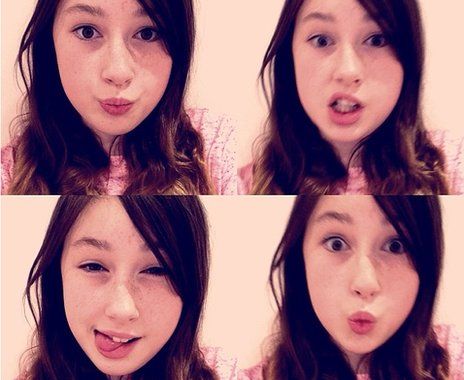 ) The desire to represent ourselves in a certain situation and being positively evaluated brings us to the question of social and personal identity.
) The desire to represent ourselves in a certain situation and being positively evaluated brings us to the question of social and personal identity.
Psychological and sociological studies show that the perception of one's own appearance is strongly reflected in the emotional state and in some sense forms our identity. Selfies are a powerful tool to make you feel beautiful. Our sense of self is reinforced when feedback from other people matches what we think of ourselves. When the comments of others do not coincide with our idea of ourselves, we want to somehow level this difference. But do not forget that the consumer economy makes good money on the relationship between how we look, how we perceive ourselves, and our emotional state.
It is also important for us to be seen as part of the group of people that we want to represent - this can be about gender, religion, sexual orientation, political opinions. Instead of others assigning us to some category (for example, “middle-aged woman who is getting old and wants to buy wrinkle cream”), we want to set these categories ourselves.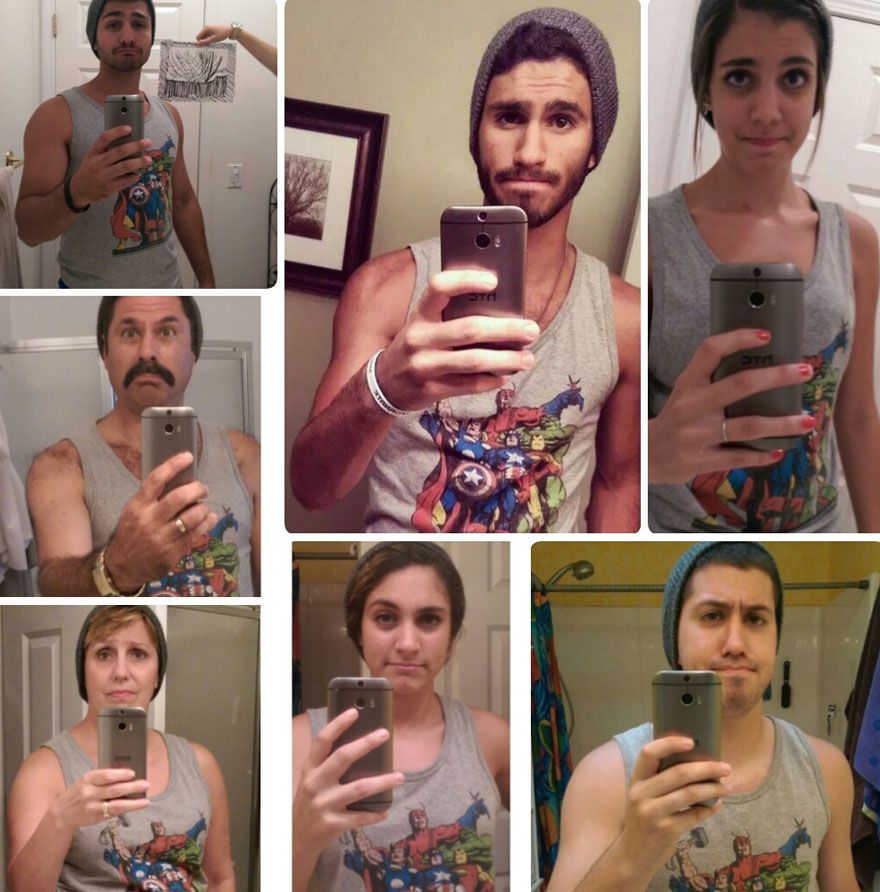
If negative feelings caused by selfies can be justified by the mechanism of shaming, then positive ones are explained by a feeling of control over how we represent ourselves.
Control can be defined as the ability to influence or be free from influence.
Some people take selfies because they are suffering from some kind of terrible disease and their appearance is changing. Others take pictures of themselves because they're on a diet or hitting the gym. Sometimes a selfie is faced with some practical task - for example, you need to see if lipstick is smudged. When I feel bad, I take a selfie on Snapchat, choose the funniest filter and write how bad I feel. So I take it outside, make fun of it, and it helps me.
Do selfies change society?
When we talk about selfies in a positive way, we often talk about giving strength, power in a good way.
Researchers separate personal power and social power - what a person can change and what he can influence.
When women claim that posting a selfie gives them strength, society can say that this is just narcissism, because their selfies do not change society in any way. But my research shows (I've studied Tumblr selfies a lot) that the empowering feeling, as in Rachel's story, far exceeds the personal feeling.
Pictures (online — note T&P ) teach us how to perceive the world, so this is a kind of social construct. The photographs that we post expand the visual picture of society.
So all of these aspects - accusations of narcissism, talk of authenticity and control - can make us feel good or bad about both selfies and ourselves. Shaming can make us feel ashamed, and a sense of control over the situation, on the contrary, give us a sense of social change, that we are seen, appreciated and encouraged.
Selfie is a modern phenomenon, but the way it is perceived in society has long psychological and philosophical roots. Selfies are a form of self-presentation that can be creative or banal and boring.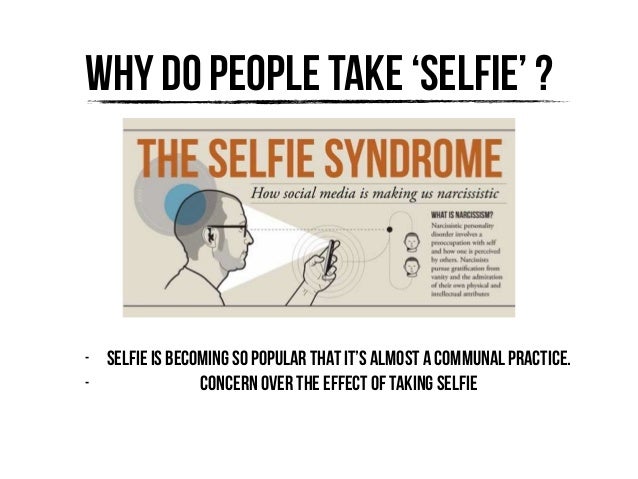 The way people represent themselves is highly dependent on gender, religion, and belonging to a sexual minority. And the perception of selfies depends on the social, cultural and technological context of their existence. Therefore, it is impossible to universally say that selfies evoke certain emotions, give us strength and a sense of control, or deprive us of them. It all depends on the quality of the selfie, the place where they are published, where and in what situation the person is depicted, as well as when and why he took this selfie.
The way people represent themselves is highly dependent on gender, religion, and belonging to a sexual minority. And the perception of selfies depends on the social, cultural and technological context of their existence. Therefore, it is impossible to universally say that selfies evoke certain emotions, give us strength and a sense of control, or deprive us of them. It all depends on the quality of the selfie, the place where they are published, where and in what situation the person is depicted, as well as when and why he took this selfie.
Literature
-
Tiidenberg K. Body and Soul on the internet — making sense of social media. Tallinn: Tallinna Ülikooli Kirjastus, 2017.
-
Tiidenberg K. Moral Panics and Social Shaming with Selfies // Psychology Today, 2018.
-
Tiidenberg K. Selfies: Why we Love (and Hate) Them. Emerald Society Now Books, 2018.
We publish abridged recordings of lectures, webinars, podcasts - that is, oral presentations. The opinion of the speaker may not coincide with the opinion of the editors. We request links to primary sources, but their provision is at the discretion of the speaker.
The opinion of the speaker may not coincide with the opinion of the editors. We request links to primary sources, but their provision is at the discretion of the speaker.
Follow us on Facebook, VK, Twitter, Instagram, Telegram (@tandp_ru) and Yandex.Zen.
4 reasons why selfies are so popular
Many people do it. Some more than others. Now that everyone has a camera in their pocket, selfies are becoming the most accessible, fastest, and easiest form of photography. But why are they so popular? How did it become a worldwide phenomenon?
To begin with, it is worth understanding what a selfie is?
Selfie is a self-portrait where a person takes a photo of himself with a smartphone or camera, and most often uploads it to a social networking site. At the time of this writing, about 400 million photos on the most popular photo-sharing social network, Instagram, have been tagged with the word selfie. Basically, people post these photos online for other people to see, rate, and comment on.
Basically, people post these photos online for other people to see, rate, and comment on.
So why have selfies become such an important part of modern life?
1. Desire to receive approval and compliments.
When people post selfies on social media, they look forward to likes and comments from friends and strangers. Sometimes, right after posting, people start refreshing the page quickly to see how fast they start showing up. Why? Because those likes and comments make us feel loved. People like the photo posted, and this photo is of you, and accordingly, people like you. Every person has a deep desire to be loved and to be liked by others. And posting a selfie helps creators feel the love of the audience. It doesn't matter how many people reacted positively to the photo. With the help of social media, it's easier than ever to get approval and feel the interest of others.
2. The fastest photos.
When people travel (or just go somewhere) alone, taking a photo becomes not so easy. You have to constantly ask people around you to take pictures of you, and for many, this can be embarrassing. In this case, a selfie is a great way out of the situation. This is the most accessible type of photo, moreover, you can always evaluate how you look through the smartphone screen and change something in your appearance to get the perfect photo.
You have to constantly ask people around you to take pictures of you, and for many, this can be embarrassing. In this case, a selfie is a great way out of the situation. This is the most accessible type of photo, moreover, you can always evaluate how you look through the smartphone screen and change something in your appearance to get the perfect photo.
3. Make a good impression.
Scrolling through the Instagram feed, we constantly see how friends post vacation photos, go to interesting and beautiful places, have fun, and so on. When we see this, we subconsciously think that this person has an exciting life, and he constantly does some interesting things. This makes the authors want to show the world that they are no worse, their life is also interesting and full of events.
4. Desire to become popular.
The Internet in the 21st century is available to almost everyone, and there are more and more users in social networks.